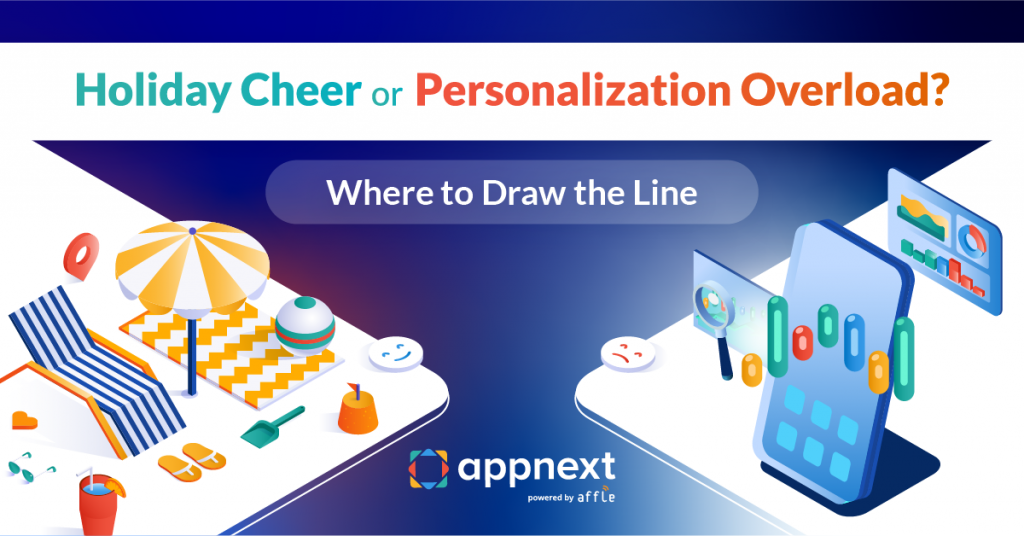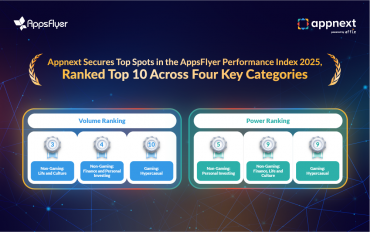This festive season, the rules of engagement are shifting. Shoppers aren’t just looking for discounts or flashier ads-they’re seeking experiences that feel relevant, respectful, and truly helpful. In 2024, festive sales accounted for 40–50% of annual revenue for many Indian retailers, and with India’s e-commerce market expected to hit $160 billion by the end of 2025, the stakes are higher than ever. The winning edge? Personalization done right-not generic, but contextual, timely, and trust-driven.
This blog explores why personalization is now the ultimate festive differentiator, how brands can apply it effectively, where to avoid crossing the line into overload, and why hyper-local strategies will set marketers apart in 2025.
Why Personalization Should Lead Festive Strategy
Festive shopping is no longer a metro-only story. Consumers from Tier 2 and Tier 3 cities are fueling India’s digital shopping boom, reshaping the festive playbook. In this environment, one-size-fits-all promotions simply don’t cut it.
According to the 2025 Customer Personalized Engagement report:
- 79% of Indian consumers spend more with brands that personalize engagement,
- 98% are more likely to purchase when personalization happens in real time,
- Yet only 30% believe brands consistently deliver effective personalization
The gap between expectation and delivery presents both a challenge and a massive opportunity for brands this festive season.
Smarter Personalization Strategies for Festive Success
Marketers need strategies that move beyond broad campaigns and truly align with user behavior. Here are four proven ways to elevate personalization in 2025:
1. Moment-Based Recommendations
Context is everything. Suggest relevant products right after browsing or buying:
- “You just viewed Diwali kurtas-check out matching festive dupattas.”
- “Bought a phone? Here are festive deals on accessories.”
2. Geo-Aware Messaging
Bring local flavor into campaigns:
- “Chilly in Gurugram? Here’s our festive shawl edit.”
- “Sunny in Chennai? Lightweight festive kurtas await you.”
3. Post-Purchase Journeys
Keep delight going even after checkout:
- “Bought Diwali lanterns? Here’s how to style your balcony for the festival.”
4. Zero-Party Data Activation
Use the preferences customers share with you:
- “You told us you prefer silver-these festive picks are curated for you.”
On-device personalization ensures these experiences are delivered in real time, without invasive tracking-meeting both user expectations and compliance standards.
How Personalization Enhances Customer Experience
For customers, personalization is more than a marketing trick-it’s an experience upgrade. Done well, it:
- Makes product discovery faster and simpler.
- Delivers offers that feel handpicked.
- Creates seamless festive journeys across touchpoints.
According to Salesforce’s 2025 State of the Connected Customer:
- 73% of customers expect that brands give them better personalisation as technology advances.
- 79% say they’re increasingly protective of their personal data
The message is clear: personalization delights only when paired with transparency and respect for privacy.
Personalization as the Hidden UX Layer
The real magic of personalization lies in how it integrates quietly into user experience. When recommendations appear at just the right moment—like travel deals after a festive ticket booking, or festive recipes after a grocery purchase—it feels less like a campaign and more like thoughtful design. This seamless blending of discovery and intent transforms apps into companions, not just marketplaces. By leveraging contextual signals—such as browsing paths, local weather, or micro-moments—marketers can enhance the journey without overwhelming users. The result? Conversions rise naturally, and trust deepens because personalization feels like part of the experience, not an interruption.
Where to Draw the Line: Avoiding Personalization Overload
The fine balance between helpful and intrusive is critical. Marketers should avoid:
- Over-Retargeting – Don’t chase users endlessly with the same product ad.
- Irrelevant Nudges – Skip categories customers clearly dismiss.
- Unclear Value Exchange – Never request data without offering clear benefits (like better recommendations).
- Lack of Control – Give users simple ways to update preferences or opt out.
Use this filter: Transparency. Value. Control. If all three are in place, your personalization strategy is safe and effective.
Hyper-Local Personalization: The Strategic Advantage for 2025
Festive shopping in India is deeply cultural and hyper-local. Personalization that respects these nuances wins big. Imagine:
- Students in Pune shopping on tight budgets.
- Professionals in Gurugram seeking premium Diwali gifts.
- Families in Kochi looking for festive décor.
Each audience responds differently. By tailoring offers to local context, culture, and preferences, marketers can scale impact authentically. Hyper-local personalization ensures campaigns don’t just sell-they resonate.
Final Thought: Personalization That Builds Trust
AI and automation now fuel personalization, but customers expect it to feel human. The Twilio report shows:
- 91% of Indian consumers expect AI-powered experiences to feel human-like.
- 55% want the option to switch to a human when needed
The bottom line: personalization drives festive growth, but trust ensures long-term success. Marketers who deliver contextual, privacy-first, and genuinely useful personalization will not only win the festive season, but also build loyalty that lasts all year.
Ready to elevate your festive strategy? Run your personalization check today-make this your most trusted, high-performing festive season yet.
FAQs on Personalization for App Marketers
1. How does personalization improve festive engagement?
It reduces shopping friction by showing customers what they want faster, boosting engagement, conversions, and satisfaction.
2. What’s the best way to personalize without being invasive?
Leverage contextual signals like location, browsing behavior, and preferences instead of third-party tracking.
3. Why is on-device personalization better?
It’s faster, privacy-safe, and doesn’t require sensitive data to deliver relevant recommendations.
4. How do I measure if my personalization strategy is working?
Track engagement, opt-out rates, and conversion lifts. High retention with low complaints indicates success.
5. Is personalization legal under India’s DPDPA?
Yes-if done with user consent, clear purpose, and minimal data. Always prioritize transparency.




Comments are closed.